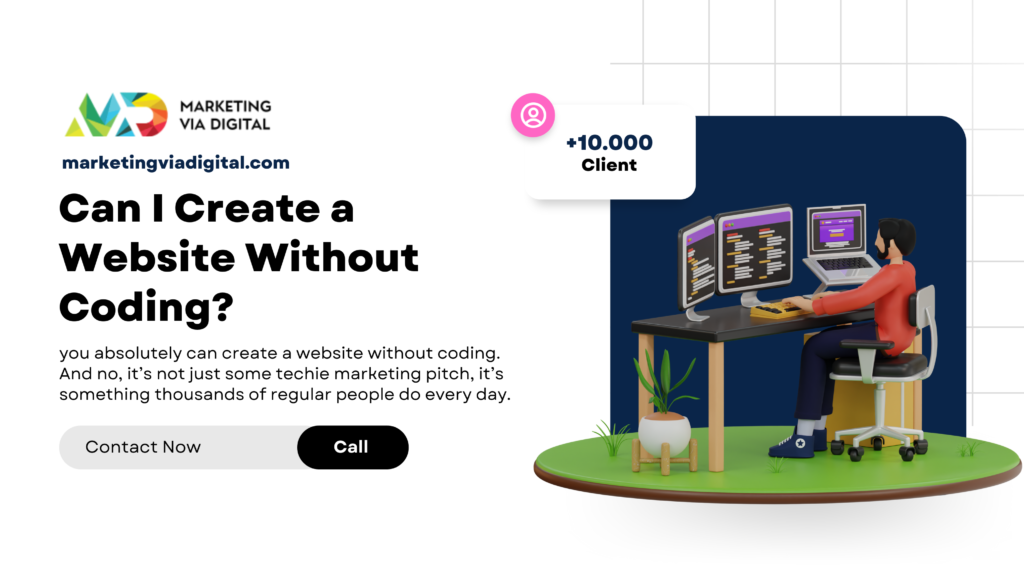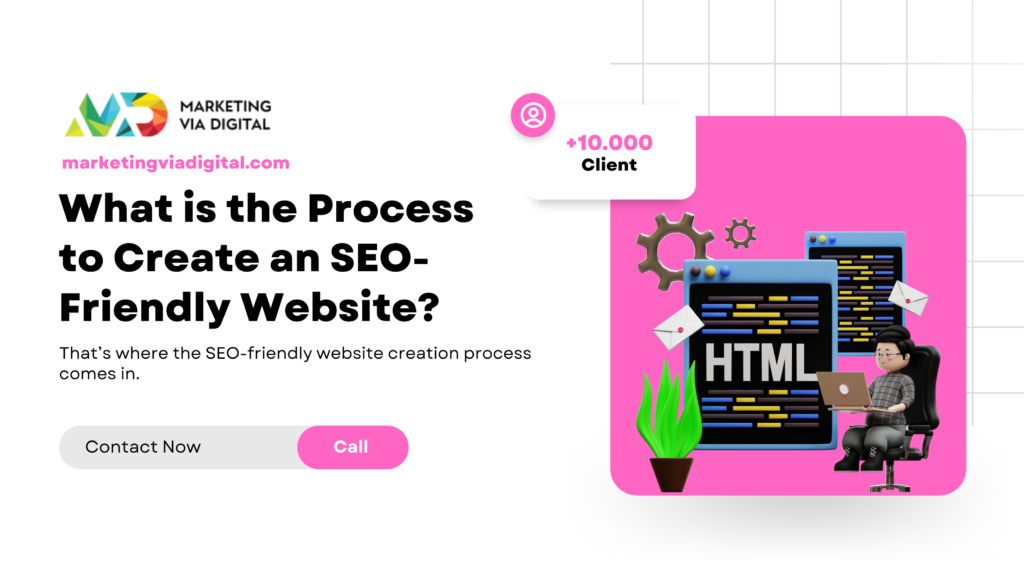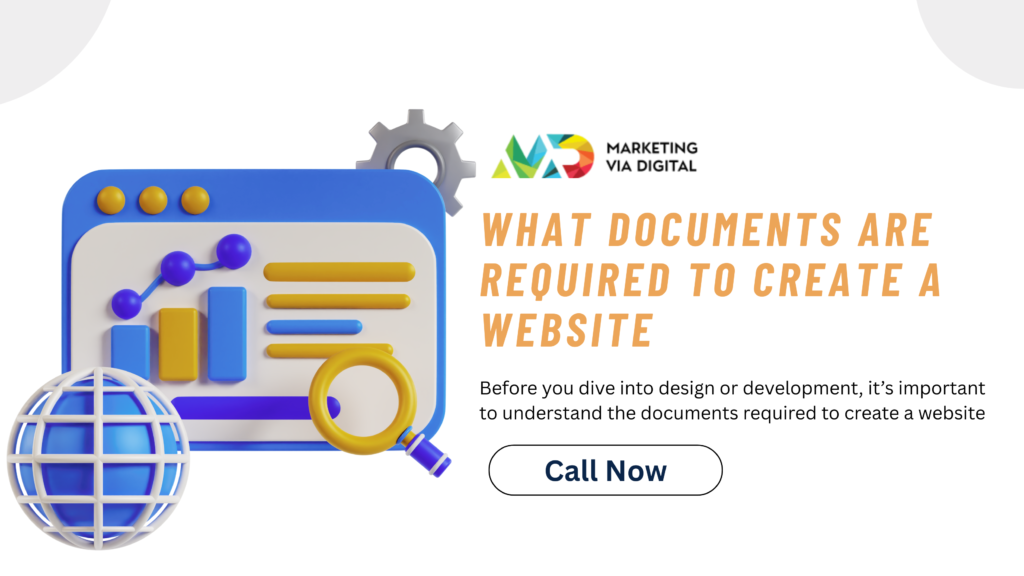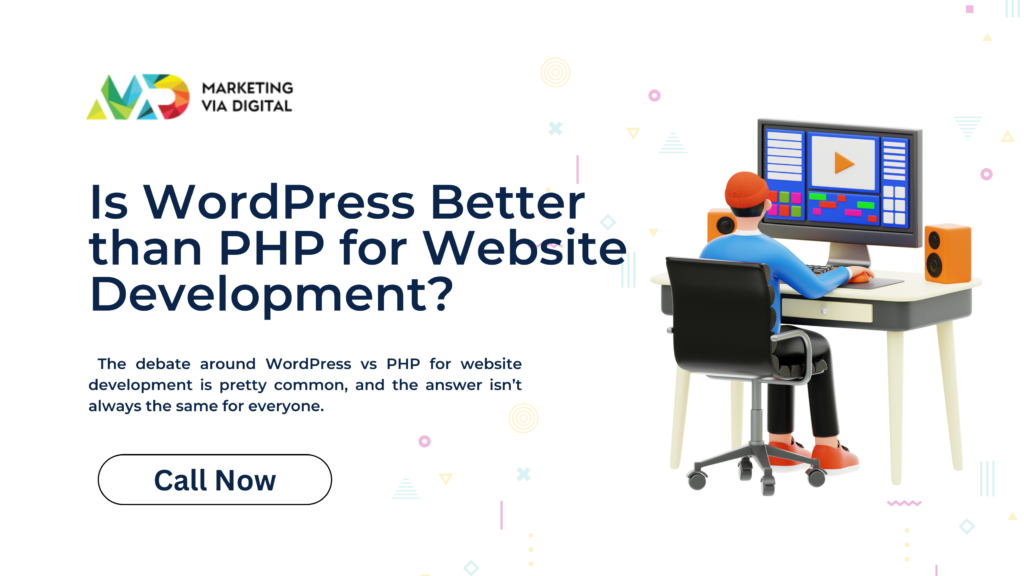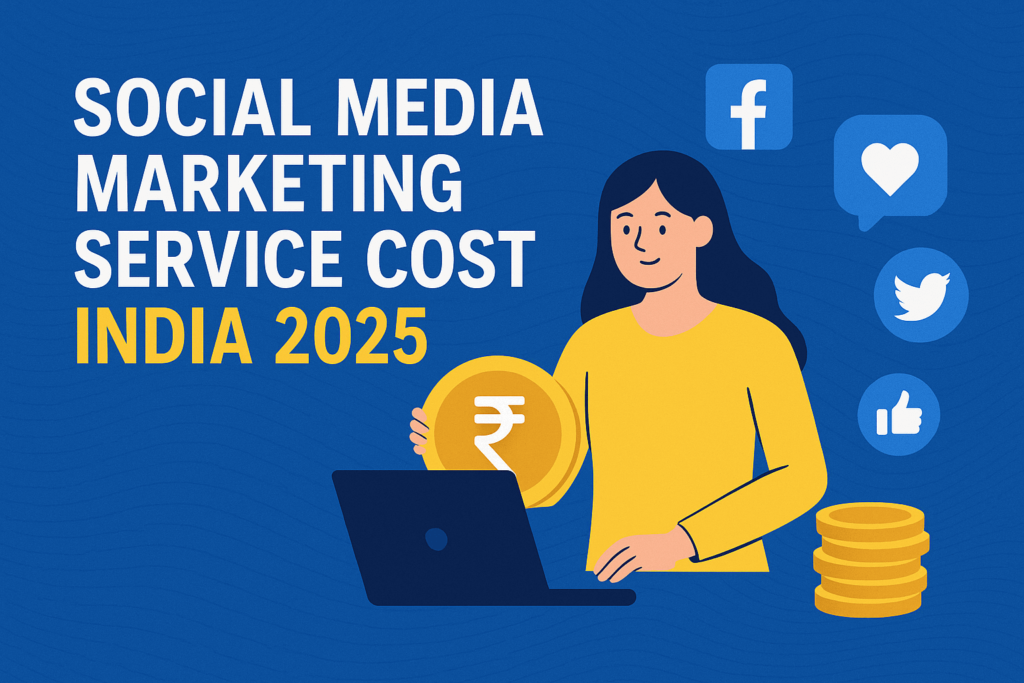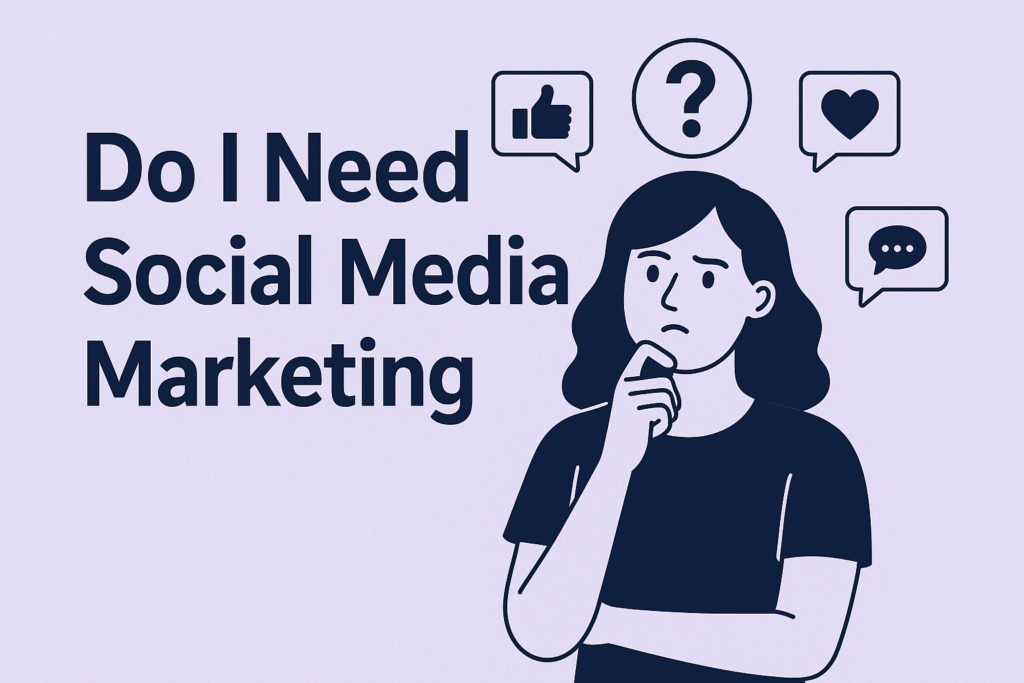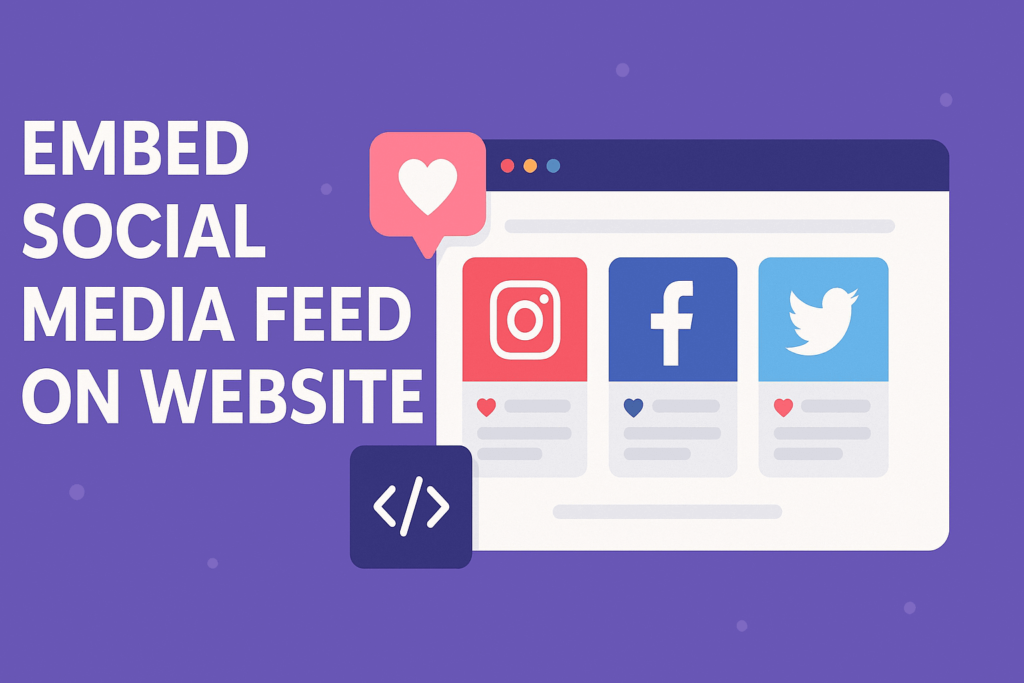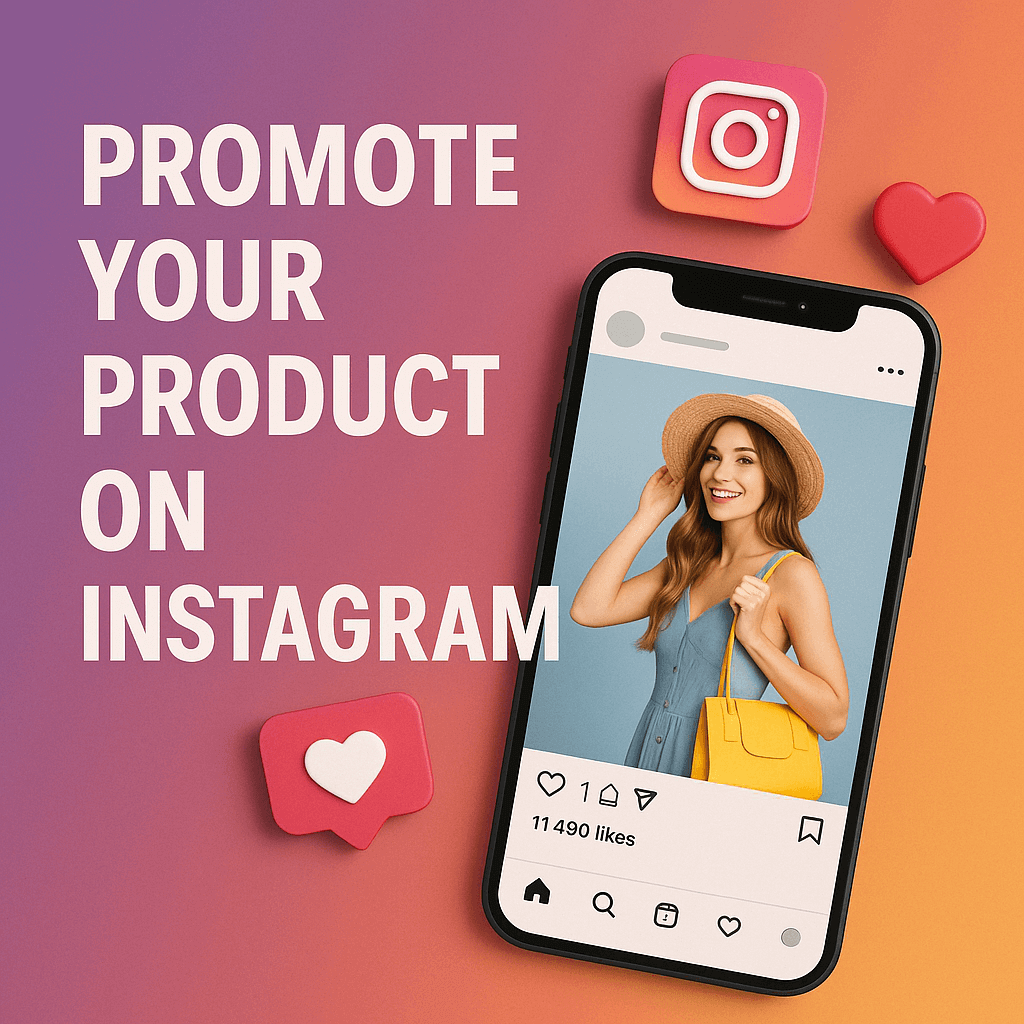Do I Need a Domain and Hosting Before Building a Website?
If you’re planning to build a website, you’ve probably come across the term domain and hosting for a website. It sounds technical at first, but don’t worry. In this guide, we’ll answer your most common questions in plain, simple language. No jargon. No fluff. Just the stuff you need to know before getting started. Let’s dive in. What exactly is the domain and hosting for a website? Think of your domain as your online address, the name people type into the browser to find you. Something like www.yourbrand.com. And hosting? That’s the place where all your website’s data lives: your text, images, files, everything. Imagine you’re setting up a shop. The domain is the signboard outside, and hosting is the space you rent inside the building. Both are essential if you want to create a website that people can find and visit online. Can I build a website without hosting? This is a common question. And the short answer is yes, but it’s not ideal if you’re serious about your website. There are website builders that let you start for free without hosting, but they usually put your site on a subdomain like yourname.wixsite.com and you don’t get full control. That’s fine for testing things out, but not great for branding or professionalism. If you’re creating a personal blog or just experimenting, maybe. But if you’re starting a business, want to appear on Google, or plan to grow over time, proper domain and hosting for website setup is a must. Why is having your own domain and hosting important? Let’s say someone hears about your brand and wants to look you up. If your domain is long, confusing, or attached to another platform (like yourbrand.weebly.com), you instantly lose credibility. Having your own domain name: Makes your business look professional Builds trust with visitors Is easier to remember Helps with SEO Hosting is just as important. A reliable host keeps your site running fast and smooth, which is great for both visitors and Google rankings. This is where the importance of domain and hosting really shows. You get full control, better speed, stronger branding, and more freedom to grow. Can I start designing without buying a domain and hosting? Sure, you can work on your site layout offline or using a free builder. But once you’re ready to launch, you’ll still need to get a domain and hosting to make your website visible to others. Most web designers, including us at Marketing Via Digital, recommend buying them early in the process. It lets you: Lock in the domain name you want before someone else takes it Start building on your actual site, not a temporary setup Make the launch smoother with fewer steps later It’s like choosing your business name and opening your store in one go. What are the website setup essentials? If you’re building your first site, here’s a quick checklist to help you stay on track: Choose and buy a domain name – keep it short, clear, and easy to remember Get a reliable hosting plan – one that fits your traffic and growth plans Set up a CMS (like WordPress) – it’s easy to manage and doesn’t need coding Pick a mobile-friendly design or theme Add your content – pages like Home, About, Services, Contact Connect your domain to your hosting Preview everything before going live This is your foundation. Without it, you’re just building on borrowed ground. Is it okay to use free hosting for a business website? Technically, yes. But it’s not a smart long-term move. Here’s why: Free hosting is slow and often unreliable They usually display ads (not yours!) on your site Your site name won’t be professional You don’t own the platform, so your site can be removed anytime When it comes to your business, you want full control. Paid hosting gives you that. Plus, with affordable options out there, there’s really no reason to cut corners. How much do domain and hosting cost? Great question. You don’t need to break the bank to get started. A domain usually costs ₹600 to ₹1,200 per year Shared hosting (good for small sites) can start from ₹1,500 per year Some hosting providers even offer the domain free for the first year At Marketing Via Digital, we often bundle domain and hosting with our website packages so everything’s sorted in one go. No tech stress for you. Can I upgrade hosting later if my site grows? Yes, and that’s the smart way to do it. Start with basic shared hosting. As your traffic grows, you can move up to VPS or cloud hosting. Think of it like renting a small shop at first and moving to a bigger space when business booms. Is domain and hosting important for SEO? Absolutely. Search engines look at your domain authority, page speed, and uptime. Here’s how domain and hosting for website affect your rankings: A clean, branded domain looks trustworthy Fast, secure hosting helps reduce bounce rates Downtime can affect how Google sees your site A good host helps your pages load faster a major SEO factor So yes, both matter a lot when it comes to showing up on Google. Get Your Website Setup Right If you’re planning to launch your first website or revamp an old one, domain and hosting for websites are the two basic building blocks you shouldn’t skip. They’re not just technical checkboxes; they shape how people see your brand, how well your site performs, and how you grow online. At Marketing Via Digital, we help you get started the right way. From picking the perfect domain to setting up fast, secure hosting, we handle everything so you can focus on growing your business. Want help setting up your website the right way? Call us at +91 9818 62 9898 Visit us at Marketing Via Digital, your website journey starts here. FAQs Q1 Can I change my domain name later? Yes, but it’s better to pick one you like from the






